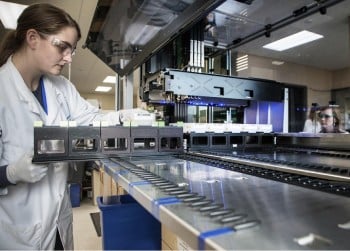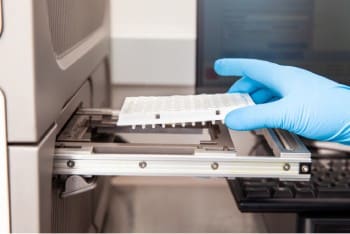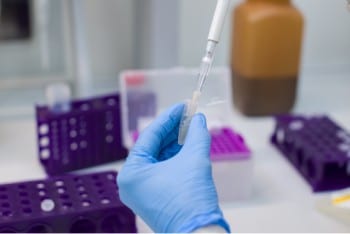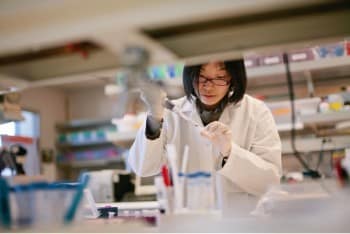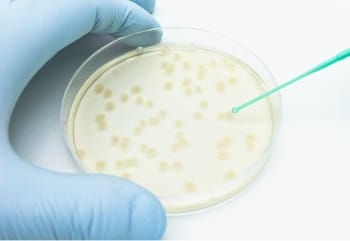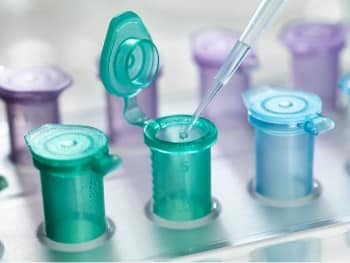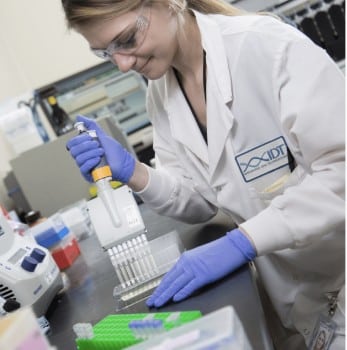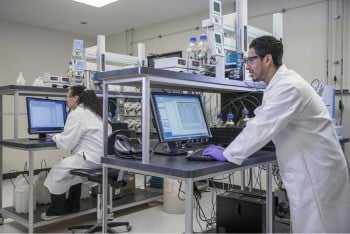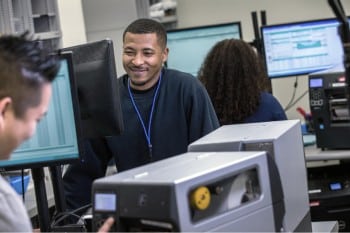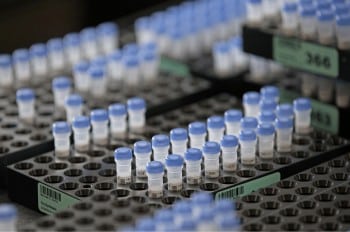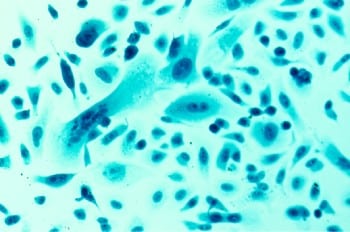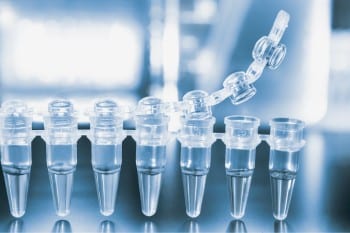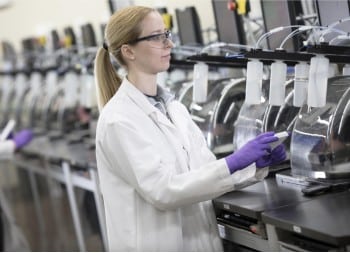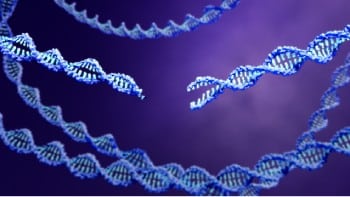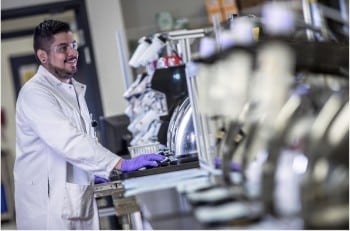Finding variants in large population sets: GWAS to the rescue

The takeaway: Genome-wide association studies help researchers find a gene associated with a disease or trait by studying the entire genome of a large group, then finding the variations. Diseases such as Parkinson’s, Alzheimer’s, and Crohn’s—which are caused by a defect in multiple genes—have been studied using this technique, and research using ancient DNA as well as national biobanks benefit from it too.
What is GWAS?
GWAS, short for genome-wide association study, is a research method that uses high-throughput genomic tools to quickly scan the entire genomes of a large set of people—hundreds of thousands of genome sets. GWAS is used to discover genetic variants that could be tied to a trait or disease. These variants, such as single nucleotide polymorphisms (SNPs) and copy number variants (CNVs) can help researchers understand how complex diseases are structured from a genetic standpoint.
What is GWAS used for?
GWAS is used to scan genomes to find genetic variants that may be associated with a specific disease or trait. The results of GWAS research can help researchers:
- Better shape medical response to disease
- Estimate the heritability of a disease or trait
- Calculate genetic correlations
- Make risk predictions
- Determine the causal relationships between risk factors and health outcomes
How do GWAS studies benefit cancer research?
GWAS studies benefit cancer research by giving researchers the ability to finely map and deeply sequence regions or loci that are identified by scans. This can then be used to pinpoint specific functional variants that are responsible for disease risk and identify the biologic mechanisms that are involved. Using GWAS, research teams can conduct analyses of smaller sets of data from large data pools to reveal gene and environmental interactions. This allows researchers to scale quickly and advance their research while also probing data for new information on diseases and traits, from smoking behavior and its relation to cancer, to diabetes and neurological disorders.
Why are GWAS studies becoming more prevalent?
Thanks to the mapping of the human genome, which was completed in 2002, and the completion of the International HapMap Project just a couple of years later, the research community now has a broader set of tools to find how genetics contributes to diseases. GWAS studies take advantage of the human genome sequence, maps of human genetic variation, and new sequencing technologies.
GWAS is also being employed more frequently because it presents such great opportunities for positive impacts on health care—and, in particular, personalized medicine. Results from genome-wide association studies will lay the foundation for the creation of tools that will allow patients to understand the risks of developing a particular disease, and this could be put to use to create personalized prevention programs and take proactive health steps based on any one person’s unique genetic makeup.
How is GWAS related to whole genome sequencing?
Whole genome sequencing is a method used to sequence the entire DNA sequence of an organism. Next generation sequencing is one of several sequencing technologies, with the others including Sanger sequencing, shotgun sequencing, and nanopore sequencing. Whole genome sequencing (WGS) gives us the most comprehensive data about an organism, and is used in downstream applications such as cancer research, genetic disease research, epidemiology, and genotyping. WGS is used to determine variant frequencies and how often a difference occurs in a given population. It is also used to associate genetic variants with disease through the use of GWAS.

